Some of the world’s weirdest animals
There are many weirdly amazing animals in the world that are too interesting not to know about.
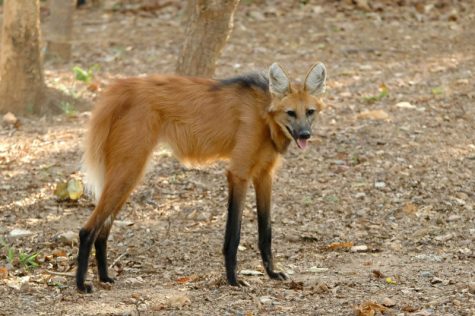
1. The maned wolf is an animal with the body of a wolf, legs of a deer, and face of a fox. Unlike its appearance and name suggest, it is not related to deer, foxes, or wolves. The maned wolf’s closest relative is the extinct Falkland Islands wolf, and its closest live relative is the bush dog. Maned wolves live in the grasslands and shrublands of South America. They are the tallest canine in the world, with an average height of 90 cm (almost three feet) for male maned wolves. As omnivores, their diet can be 50% to 70% vegetation like sugarcane, but their favorite food is the wolf’s apple. They stalk their prey such as rodents, rabbits, birds, and even fish by listening with their huge ears. Maned wolves are not pack animals. They only meet up to have their children, when they will defend their territory and children together.
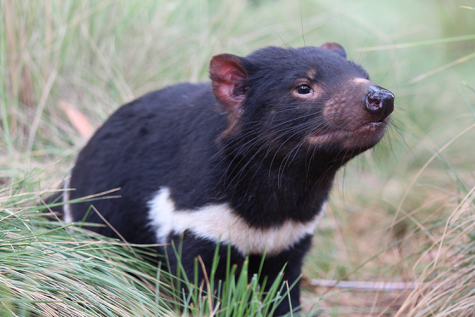
2. Tasmanian devils get their name from the sound they make during meal time, which is a loud piercing growl or scream. They are small creatures that look like black-coated baby bears, with unique markings of white stripes or patches on their chest and light spots on their sides or backs. They live exclusively on the island state of Tasmania, Australia. The Tasmanian devil has the strongest bite strength of a mammal of its size. It is the size of a small dog, with the average male weighing 18 pounds and the average female weighing 13 pounds. They mostly feed at night using their excellent noses to scavenge for food, but they also hunt creatures like wombats, wallabies, and kangaroos despite their size. Like their marsupial relatives, female Tasmanian devils have a pouch which carries up to four joeys.
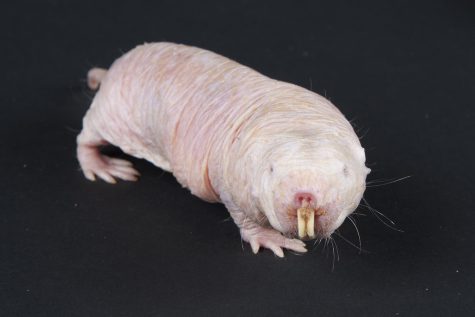
3. Naked mole rats are native to the underground burrows of East Africa and spend their entire lives underground in complete darkness. They are small, pink, and hairless-looking, with two buck teeth outside their mouths used for digging. They live in ant-like colonies with a Queen being the mother of all the other naked mole rats in their colony, and the only female able to breed with a few selected males. They also have similar occupations to ants. Some naked mole rats will be protectors of their colonies fighting off predators, and others will be builders expanding their brows to find food. Naked mole rats are nearly blind, so they use special hairs on their bodies to tell where they are and where they are going. Their primary food source is tuber plant roots that are all over the savanna. Naked mole rats have seventeen different sounds they use to communicate with each other, such as chirps, hisses, and more.
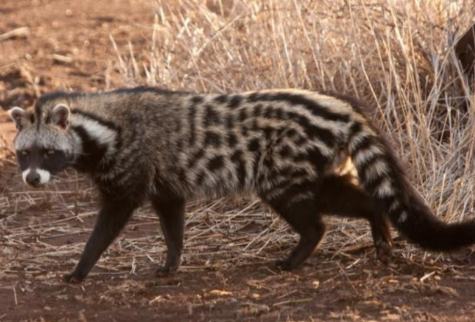
4. The African civet is native to sub-Saharan Africa and forests of southern and central Africa, and rarely can be found in arid regions. They look like a mix between a raccoon and cheetah with their black masks and patterns of gray, cream, and black spots and stripes on their bodies. They have a fringe that goes down their back, which is used to seem more intimidating when facing predators. They belong to a genetic animal family that consists of mongooses and weasels. They also have a variety of sounds that range from growls to laugh-like noises. They use abandoned burrows to take care of their children and hide from animals like lions, one of their main predators as nocturnal omnivores.
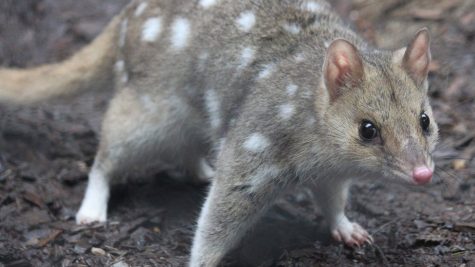
5. Quolls are small possum- or squirrel-like creatures with pointed snouts, long tails, and unique fur that ranges from a reddish to brownish colors, with white spots on their backs and underbellies. Native to Australia and New Guinea, they are mostly nocturnal, spending most of the day in their dens that are in rock shelters, hollow logs, tree hollows, and small caves. They eat fruits, insects, and small animals like birds, lizards, frogs and snakes. Quolls are mostly quiet animals, but they do produce a variety of sounds that consist of hisses, coughs, “cp-cp-cp” clucks, and huffs.
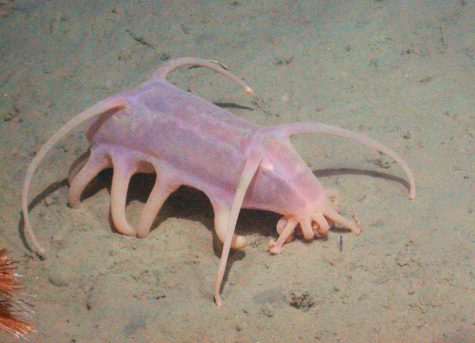
6. A sea pig is found walking at the deepest depths of the ocean. They have pink translucent tube-like bodies with five to seven legs, and are four to six inches long. They are part of the deep sea cucumber family and do not have brains. They are detrital feeders, meaning they dig up decaying pieces of algae and animals out from under the mud and use their ten tentacles surrounding their mouth to eat. To find food, they use a sensory organ called the papillae, which also keeps them from falling down from shallower waters.
Kimberly Murphy is a 12th grader in the Academy of Professional & Public Services.





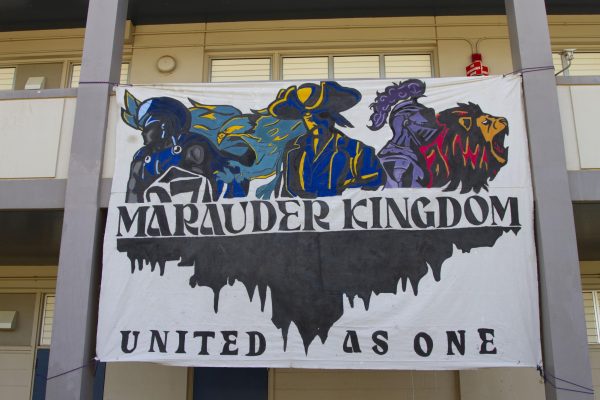





Kahala Huihui • Dec 18, 2020 at 2:11 am
Give me more of the wondrous lives of these precious creatures, Kimberly! I SO enjoyed reading about these very real fairies. These animals are hidden gemstones to learn about – and you made it both fun and INFORMATIVE! I am looking forward to your next article introducing more weird animals. Weird to think what they’d write about us if the tables were turned.